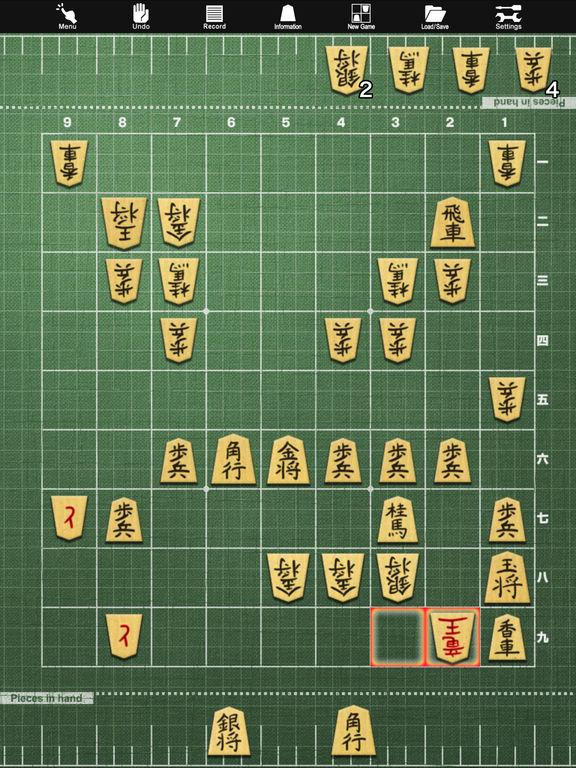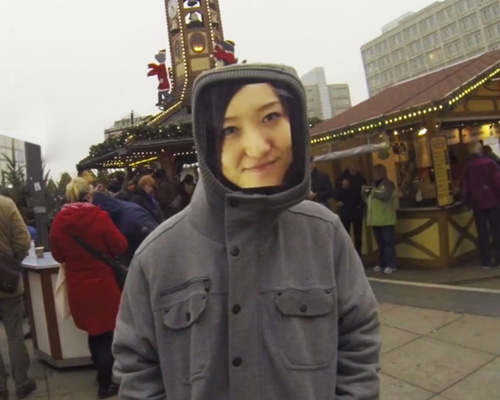


#HUMAN JAPANESE IPAD FREE#
It’s free to get started, but a one-off in-app purchase of $19.99 enables you to unlock all of the app.
#HUMAN JAPANESE IPAD HOW TO#
Learn Chinese features a highly effective stroke tutorial system that teaches you how to draw Chinese characters, along with basic word and grammar lessons (and over 5,500 flashcards). If you are looking to learn Chinese, an app called Learn Chinese (Mandarin) by Brainscape comes highly recommended. Babbel runs as a subscription services, and you have to pay a hefty $12.95 per month to access the courses (although the charge drops if you commit to three, six or twelve-month plans).

The Babbel app has better voice recognition than Duolingo, but is a paid serviceĪll this comes at a cost.
#HUMAN JAPANESE IPAD PROFESSIONAL#
It also has more tourist information and, on the whole, is a more professional service than Duolingo Babbel has more information on each language, such as descriptions of gendered nouns and formal vs. The app also has neat touches like simulated text messages, where you have to fill in blank words. The Babbel app has a slicker interface, and for our money features slightly better (at least pickier) voice recognition that gets you pronouncing words more accurately. Having said that, it’s not the only app we used.īabbel is another big player in online learning. It’s gaming approach is fun, and it gently prods you into doing a small amount each day. We found Duolingo to be the best way to practice every day. There are lots of smaller languages in various stages of development, from Welsh to Klingon. If English is your first language, you can learn Spanish, French, German, Italian, Portuguese, Dutch, Swedish, Irish, Danish, Turkish, and Norwegian. His own brand Suzusan, which launched in 2008 as a luxury fashion and homeware label aimed at giving the craft and his family business new focus, has attracted retailers such as Farfetch and Japanese department stores Isetan and Takashimaya.The Duolingo app turns learning into a gameĭuolingo is huge, with over 100 million users worldwide and a wide range of courses.
More than a decade later, Murase’s business has taken an unexpected turn. The fact that Hiroshi’s textiles were used by local luxury labels like Yohji Yamamoto, Comme des Garçons and Issey Miyake did little to assuage the sense of foreboding much of the business was wholesale. Not only were artisans ageing and the culture of wearing traditional garments like yukata and kimono on the decline, but each family had its own, unique design – a crest of sorts – and whenever one family stopped, a technique would be lost. “Everyone in the village thought there was no future for shibori, that there’d be no next generation,” says Murase. Suzusan founder Hiroyuki Murase © Sayuri Murook At one point, despite being in his late 50s, Murase’s father became the youngest shibori artisan in town. Postwar industrialisation and globalisation dampened demand for traditional crafts, while young graduates aimed for stable corporate jobs. By 2008, when Murase decided to continue his family’s century-old legacy, the figure had dropped to fewer than 200. His hometown, Arimatsu, was and still is seen as the country’s shibori hub: much of the intricate pattern-binding and tie-dyeing process was done in the family kitchens and living rooms where children like Murase ate their dinners and did their homework.īefore the second world war, Murase’s father Hiroshi estimated that there were more than 10,000 shibori artisans in Japan. Hiroyuki Murase grew up surrounded by shibori, one of the country’s oldest dyeing techniques dating back to the 8th century.


 0 kommentar(er)
0 kommentar(er)
